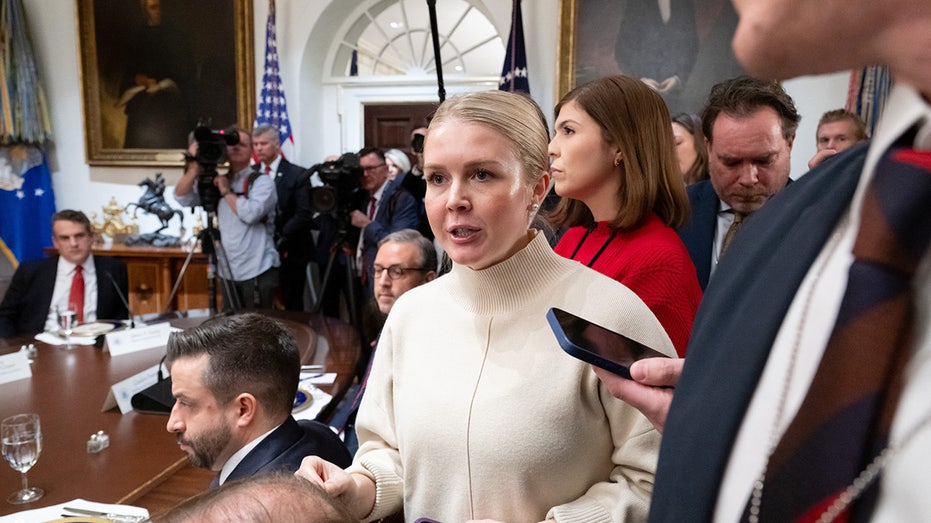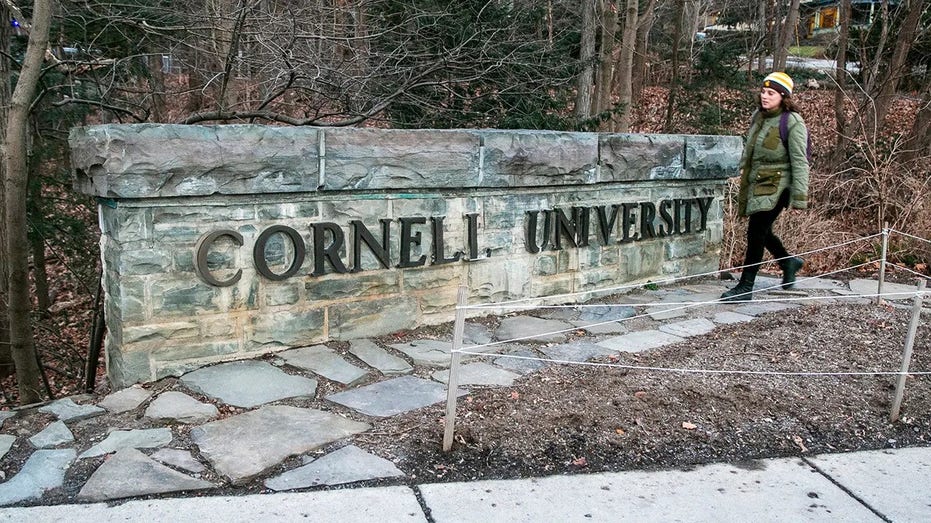The silence of space, usually a comforting void, crackled with a new tension. A chilling realization spread through mission control: Chinese astronauts were stranded. Their return to Earth, meticulously planned for months, was suddenly thrown into perilous uncertainty after a strike in orbit.
The Tiangong space station, a symbol of China’s ambitious space program, became a temporary prison. Debris, a silent and unseen threat, had impacted the return capsule, rendering it unsafe for descent. The crew, pioneers venturing into the final frontier, now faced an immediate and daunting challenge – survival.
News of the incident rippled across the globe, sparking a wave of concern. While space agencies routinely track orbital debris, the vastness of space makes avoidance a constant gamble. This event served as a stark reminder of the inherent risks faced by those who dare to leave our planet.

Immediately, a complex rescue operation began to formulate. Engineers raced against time, analyzing the damage and exploring every possible solution. The world watched, holding its breath, as the fate of the astronauts hung in the balance, suspended between Earth and the unforgiving darkness of space.
The situation demanded not only technical expertise but also unwavering courage from the crew themselves. Confined within the orbiting station, they remained calm and focused, assisting ground control with diagnostics and preparing for an uncertain future. Their professionalism became a beacon of hope in a moment of crisis.
The incident ignited a renewed debate about the growing problem of space junk. Thousands of defunct satellites, rocket fragments, and collision debris now orbit Earth, posing a constant threat to operational spacecraft and future missions. Addressing this escalating hazard became paramount.
As days turned into nights, the pressure mounted. Every calculation, every maneuver, carried immense weight. The world’s collective attention remained fixed on the unfolding drama, a testament to the enduring human fascination with space and the bravery of those who explore it.
The story wasn’t just about a damaged capsule; it was a story about human resilience, international collaboration, and the ever-present dangers of venturing beyond our world. It was a stark reminder that even in the age of advanced technology, space remains a profoundly unforgiving environment.





